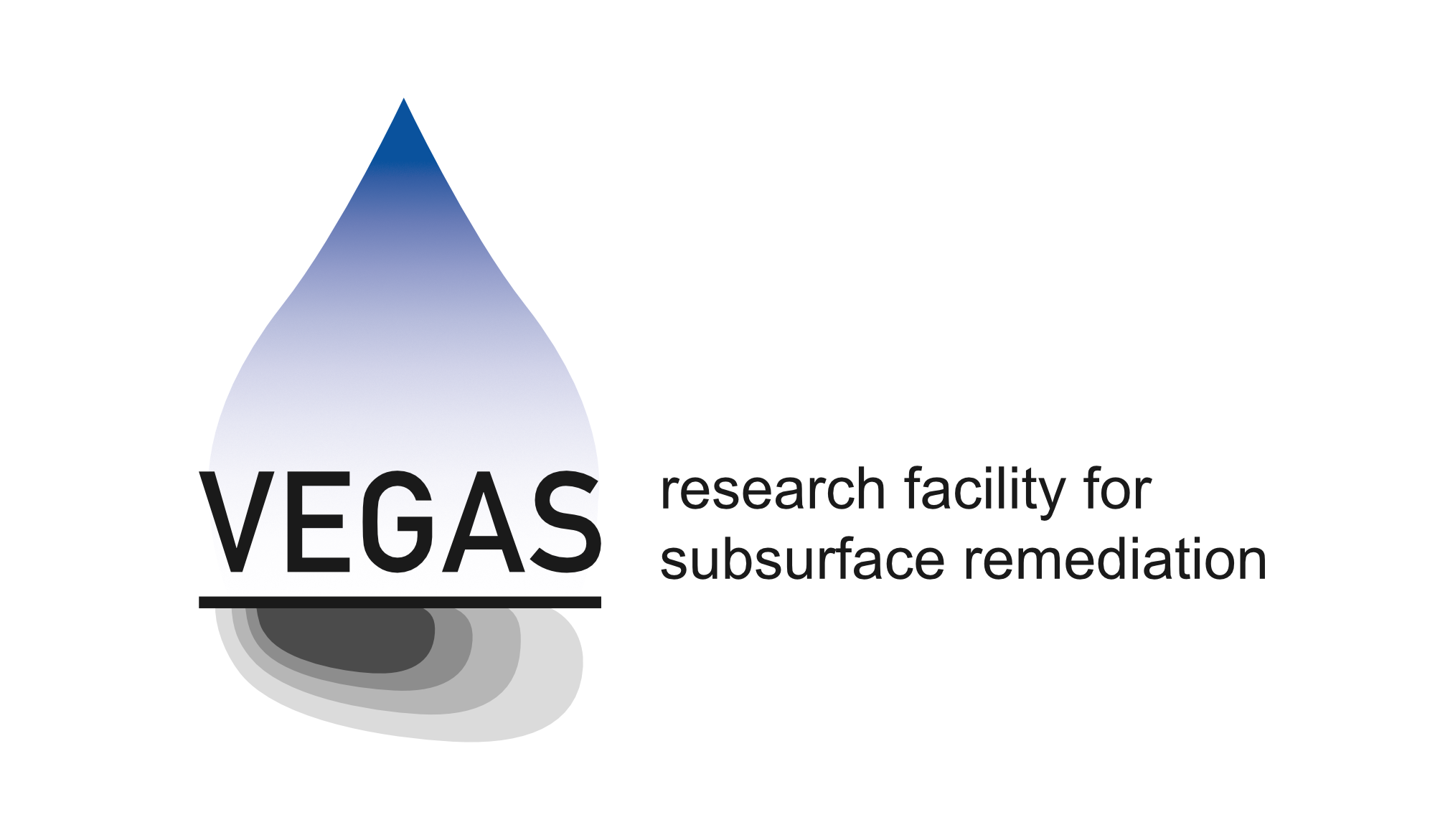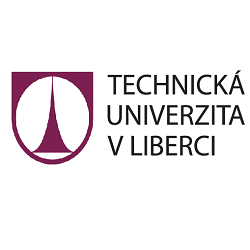Concept
Electro-nano-bioremediation is an innovative and advanced remediation technology that combines three key approaches to efficiently clean up contaminated environments. It integrates electrokinetics, nanotechnology, and bioremediation techniques to tackle complex and persistent pollutants in soil and groundwater.
Background and benefits
In this process, electrodes are installed in the contaminated area, and an electric field is applied to promote the movement of charged contaminants towards the electrodes. Nanoparticles, such as zero-valent iron or other metal-based nanoparticles, are introduced to the environment. These nanoparticles serve as catalysts for the degradation of organic contaminants and facilitate their breakdown into less harmful compounds.
Bioremediation comes into play as naturally occurring microorganisms or specifically introduced bacteria take advantage of the enhanced conditions created by the electric field and nanoparticles. These microorganisms can effectively break down a wide range of pollutants, including hydrocarbons and heavy metals, into harmless byproducts, such as water and carbon dioxide. The combined use of electrokinetics, nanotechnology, and bioremediation in electro-nano-bioremediation provides a synergistic effect, leading to faster and more efficient cleanup of contaminated sites. This technology shows great promise in addressing environmental pollution challenges while minimizing the need for disruptive excavation or costly conventional remediation methods.
Electro-Nano-Bioremediation can be applied to PFASs. More information : Electro-Nano-Bioremediation of PFASs
Partners







